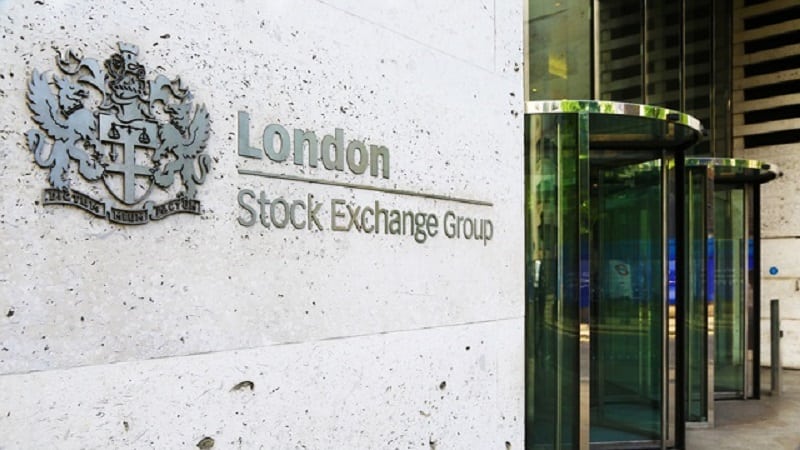By Manny Pohl, chairman of ECP Asset Management
When investing, we do so under considerable uncertainty, and sound risk management strategies are necessary to ensure we generate above-average returns. Wealth compounds over the long term, but the longer the investment horizon, the greater the probability of unforeseen events and the more pronounced the exposure to idiosyncratic risks.
The Trump administration’s ‘liberation day’ measures are a reminder that unpredictable, external shocks can ripple through markets at any moment. This intense escalation of protectionist monetary policy takes a swipe at the past few decades which have been a golden era for most traditional assets.
While these shocks may not be financial crises in the traditional sense, they still introduce a systemic uncertainty that investors must navigate.
Understanding risk in a more uncertain world
The real challenge is understanding what types of risks investors are exposed to. These generally fall into three categories.
Firstly, the risk that performance falls below a target threshold. Secondly, the risk tied to the reliability of an investment’s underlying business model.
And finally, the most difficult to manage — the failure to prepare for unexpected, non-linear disruptions that stem from a volatile world, whether through domestic policy shocks, pandemics, or geopolitical unrest.
This is where preparation, not prediction, becomes essential. Rare events — or ‘black swans’ — are by definition unpredictable, but we know with certainty they will occur. History is littered with systemic stressors that appear more regularly than they should do statistically.
The Global Financial Crisis, Covid-19, and the war in Ukraine are all examples of events impacting businesses worldwide.
Yet many investors behave as if these risks do not exist. Solely focusing on the opportunity ahead while failing to account for this level of uncertainty means investors fail to account for ambiguous, unforeseen risks, or risks that are out in the open – like Trump telling the markets that tariffs are the path forward for decades, let alone during the election campaign.
No investor can fully anticipate every possible outcome. In fact, those who try to forecast black swans often become more vulnerable to the ones they fail to see coming.
Unlike volatility or underperformance, risk cannot be forecast entirely with models. This is what tends to catch investors off guard – the failure to manage uncertain or unpredictable events.
Proceed with caution
The intrinsic uncertainty of the world, the numerous stakeholders in place and the systemic nature of rare events make it incredibly unlikely that companies that are not resilient can withstand all these risks over the long term.
Investors are loss-averse, not risk-averse. When investing over long-term horizons, risk management strategies need to account for the unforeseen risks that may lead to capital loss.
Identifying asset resiliency is the optimal preventative measure to mitigate uncertainty and change. By aligning with sustainable business economics, portfolios will possess the idiosyncratic essentials to compound economic returns.
Investors tend to manage risk and uncertainty through a probability-based lens, using variance as a proxy for risk. Here, investors assume the normality of returns distribution when the probability of black swan events occurring is higher than suggested.
Nassim Taleb, author of Antifragile: Things That Gain From Disorder, introduced the concept of antifragility. Here, randomness, uncertainty and chaos are welcomed, as when these systems are under stress, they are resilient and then improve — they gain from this disorder.
There’s a saying in finance that during times of crisis, the return correlations of all risky assets go to one. Asset prices move similarly — down and fast. Resilient investments recover much faster, while antifragile assets improve.
It is difficult to predict when something will cause something fragile to break. However, incorporating resilience into risk management frameworks means using these heuristics to guide non-predictive decision-making. Resilience is the antidote to genuine uncertainty.
Resilience: the antidote to black swans
The future is uncertain. Rare events are unavoidable. The longer our investment horizon, the greater the uncertainty and the higher the probability of black swan events. Taking a precautionary approach reduces the likelihood and severity of these events.
The pandemic, devastating weather events, the invasion of Ukraine, and now new trade policies from the US are examples of macro-environmental shocks impacting companies worldwide. Portfolios that comprise resilient, sustainable investments provide a degree of comfort amidst market uncertainty and maximise the likelihood of resilient performance over the long term.
The best antidote to today’s lower-growth, more volatile world is to invest in high-quality resilient companies. Seek out the antifragile and concentrate your portfolio around them. Because in a world where the unpredictable is guaranteed, resilience is not optional.










